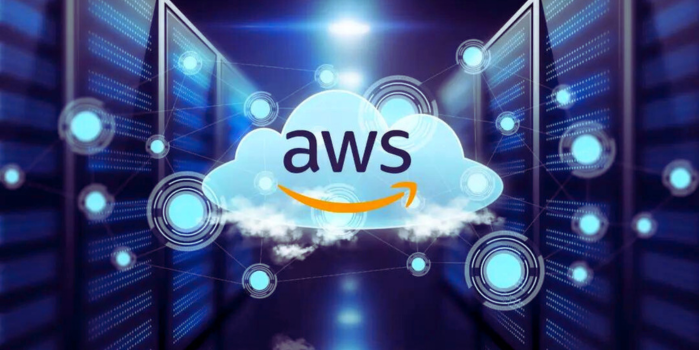Why Use Single Board Computers For Industrial Use
A single board computer or shortly SBC is a general-purpose computing device with all the components mounted on a single circuit board. Although the peripherals may differ, the basic components in every single board computer include a microprocessor, memories and input/output ports. These components along with other features make it a fully functional computer. Single board design is self-contained, unlike conventional desktop computers where the processor, memories, I/O ports, and other basic components are attached through sockets on the motherboard. Currently, the single board configuration comes under two categories; with slot support and without slot support.
Owing to its small size, low price and versatile functionalities, an increasing number of embedded applications have employed single board computers. The uses of SBCs in industrial, commercial and consumer applications are many and varied. This article describes the reasons why single board computers shall find its place in today’s industrial world.
- Due to the high level of integration and reduced components, single board computers are relatively smaller in size than their multi-board counterparts. By mounting the overall functions of a computer on one board, a much more compact system with unparallel simplicity is achieved. This allows them to be used in devices where physical space is minimal and can be easily replaced if need be. Due to the compact and self-contained design, they can also perform effectively under critical environmental conditions. Usage of minimal power also makes them efficient in areas where power is a major concern. In short, they are designed to perform efficiently in places with physical (space) and environmental (unfavorable conditions) constraints.
- Because of the reduced number of required circuit boards and elimination of bus driver circuits and connectors, the total cost of a single board computer stands very low compared to the multi-board computers. This puts them at a significant advantage over a typical desktop or laptop PC. Prices for most single board computers today start from few US dollars and reaches up to a couple hundred US dollars. The cost is usually decided by the processing speed, memory and the power options of the single board computer. The Raspberry Pi 3 Model B+ costs around $35, however, there are other single board computers in the market under the same price which are worthy of consideration. Replacing the desktop computers currently used in industries with single board computers for industrial automation, process control, tests, and measurements, etc. can improve the performance graph both at the manufacturer and consumer end.
- Single board computers have got a wide range of applications in different industries. Ranging from experimentation and healthcare to robotics and the Internet of Things (IoT), SNB finds its application in almost all fields. They can be used for as simple processes as word processing or web browsing and complex processes like complex robotic system and applications involving complex programming. They are also used to build awesome smart devices and automate various tasks which can save our precious time, energy and other resources in this fast-paced world.
- Though single board computers are general purpose computers, they can be designed for a specific purpose or application. In fact, the widely used SBC, Raspberry PI was the brainchild of the engineers at the Cambridge University’s Computer Laboratory who, in 2006, decided to design a low-cost computing program aimed at encouraging and strengthening students’ programming skills. Later on, students and designers from different fields adopted single board computers to simplify tasks of various nature. The increased interest of professional engineers in single board computers acted as a launching pad for the current boom in the SBC industry.
The bottom line:
An industry which prides itself on innovation and transformation, we can only think of single board computers acquiring more features and gaining more popularity with each passing day. Even today, its applications have gone far beyond than an educational tool and are no more solely marketed towards the classrooms of the future programmers. For now, it has caught the attention of computers and electronics industry, but in the future, we will see single board computers expanding its industrial applications and appealing to more consumers as more powerful processors are introduced into the embedded computing market.


















